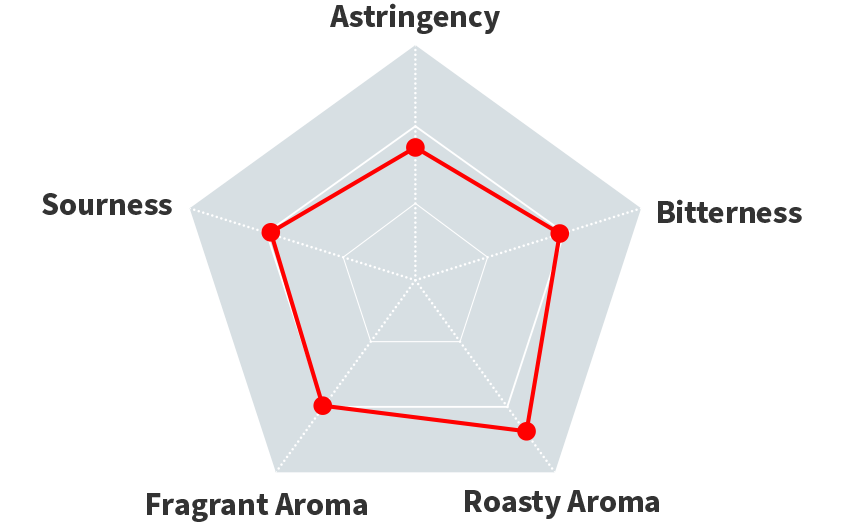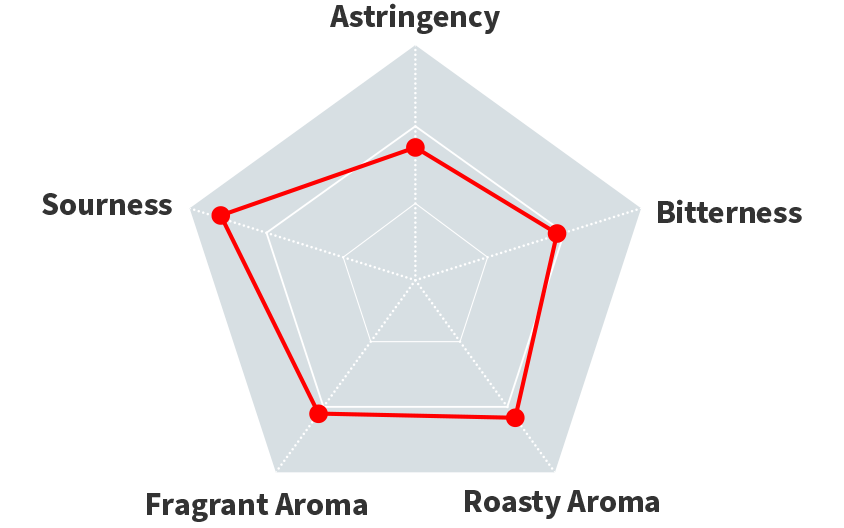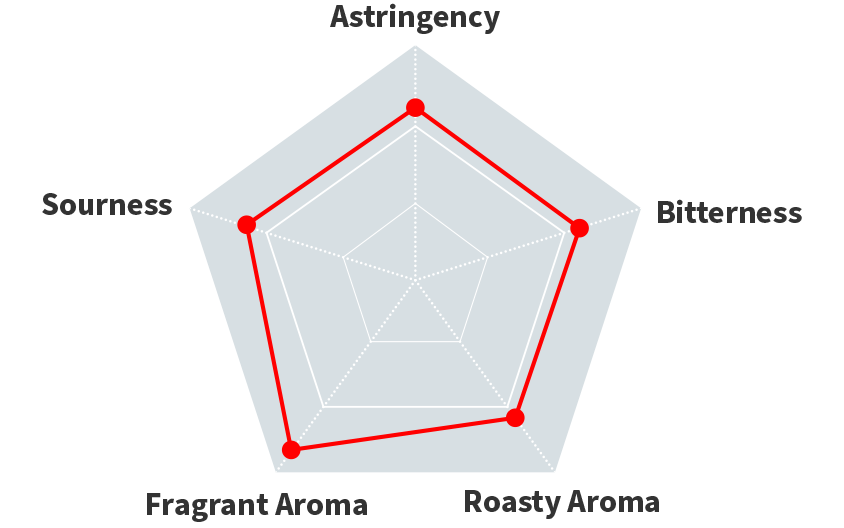Cocoa Beans and Chocolate
The most important raw material for chocolate is cocoa beans. Meiji visits where the cocoa beans are grown in search of the highest quality beans for the most delicious chocolate.
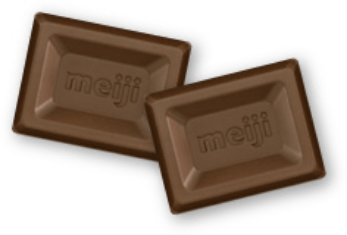
Safe and Reliably High-Quality Chocolate
Cocoa beans come from the seeds of cocoa trees that grow in tropical areas, and are imported after primary processing (fermentation and drying) by the growers. The aroma and taste of chocolate depend on the cocoa variety, the weather and geography of the producing area, and methods and conditions of the fermentation and drying processes.
Meiji visits cocoa cultivation countries to develop the cocoa processing methods in each area, and conducts support activities to help produce the highest quality cocoa beans. Such activities help Meiji to produce the most delicious chocolate that is also safe and reliably high-quality.
Chocolate Raw Materials, Cocoa
Cocoa (scientific name: Theobroma cocoa L.) in an evergreen of the Sterculiaceae family and grows in the tropics. The scientific name Theobroma means "Food of the Gods" in Greek. The origin of cocoa is current day Mexico, where in past times it was ground with corn and red peppers and then mixed water to be consumed as a special drink during religious rituals.
The fruit of the cocoa tree is covered with a hard shell, which is called a cocoa pod. (It has a shape similar to that of a rugby ball, see photo.)
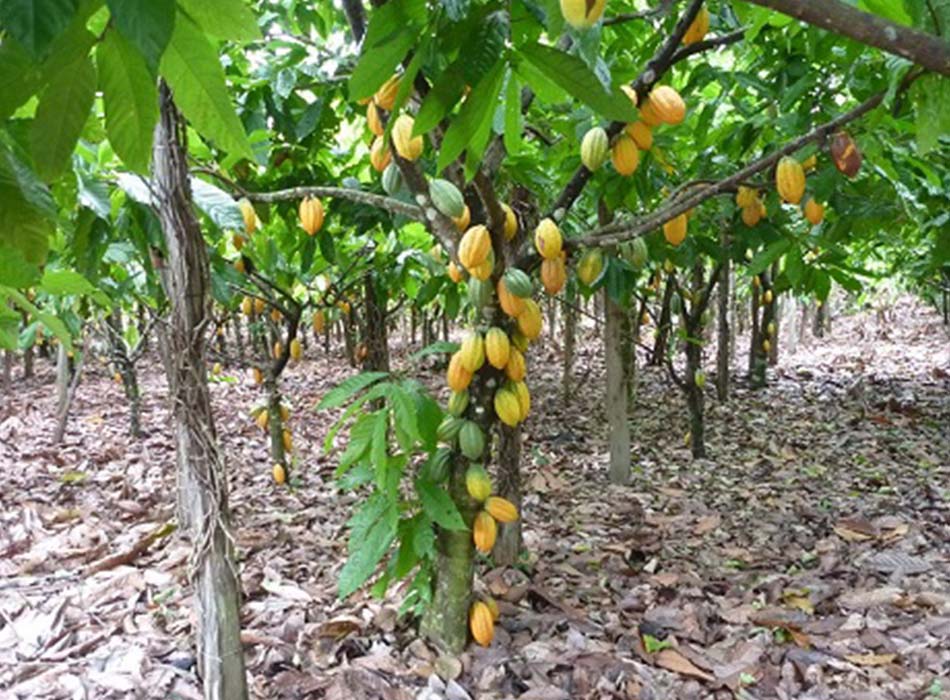
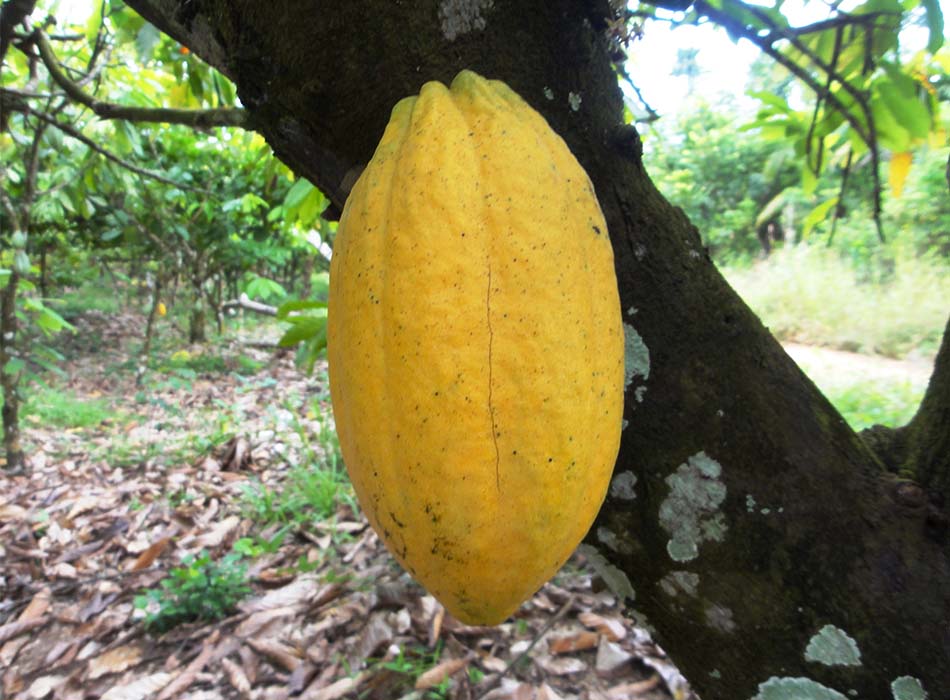
Chocolate is a Fermented Food
When the cocoa pod is opened, the seeds can be found covered in a white fleshy substance called cocoa pulp. These seeds are cocoa beans. In a single cocoa pod, 40 to 50 cocoa beans can be found.
The cocoa beans are removed from the cocoa pod together with the cocoa pulp and then fermented. The chocolate-like aroma and taste precursors (the underlying components) are generated during cocoa bean fermentation.
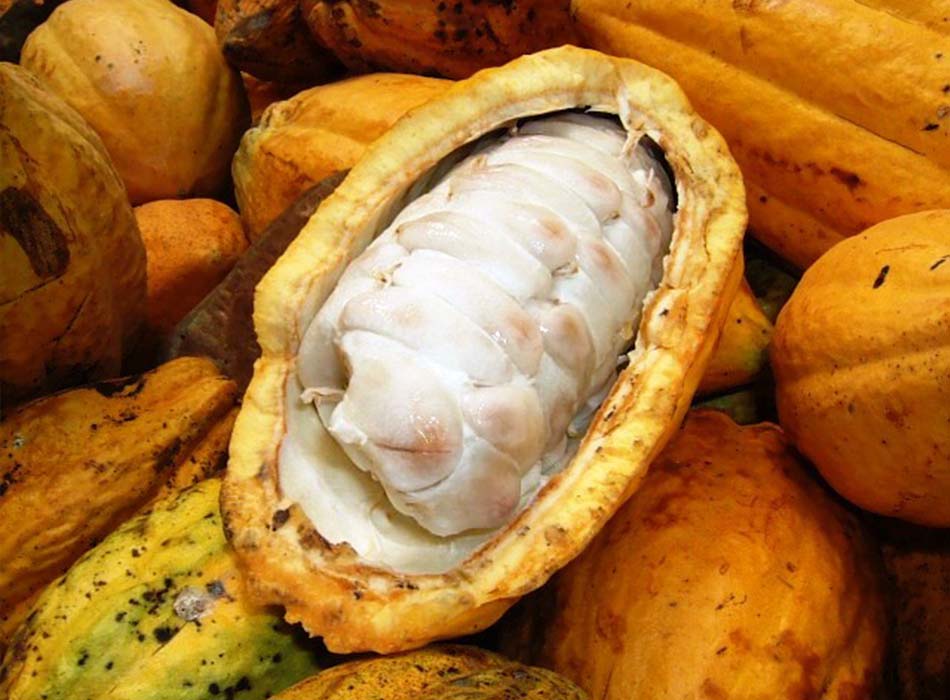
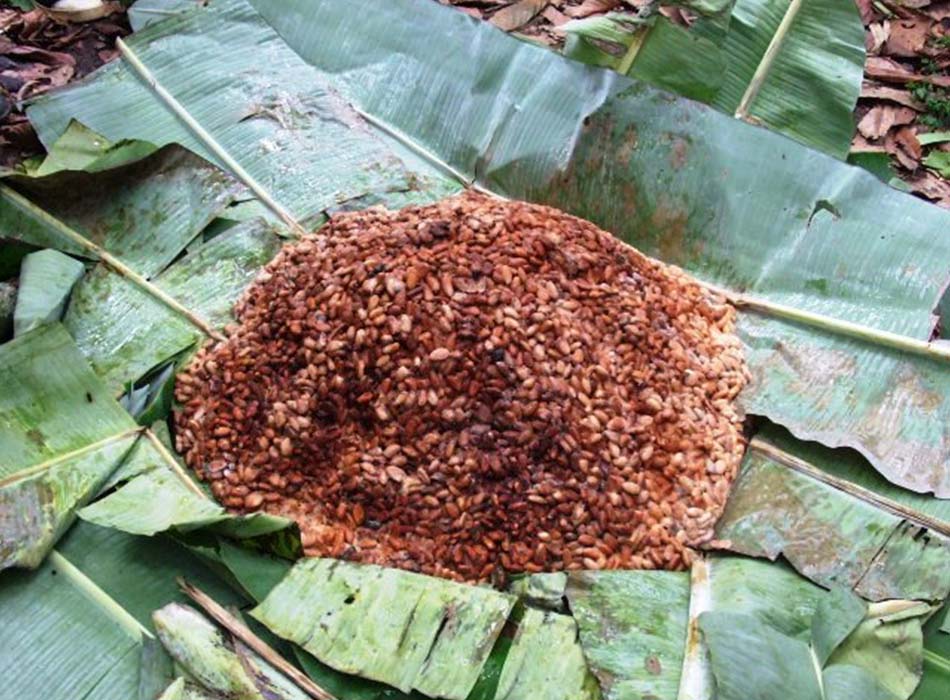
Pursuit of Delicious Chocolate
Chocolate aroma and taste do not result from fermentation only. Subsequent processing, such as roasting, produces complex and diverse aromas and tastes. Meiji studies the optimal processing methods for the cocoa beans.
Understanding the features of the production area and processing methods for cocoa beans is important for making chocolate which is best suited for different customers such as for children or for adults, as well as for making other delicious chocolate varieties.
